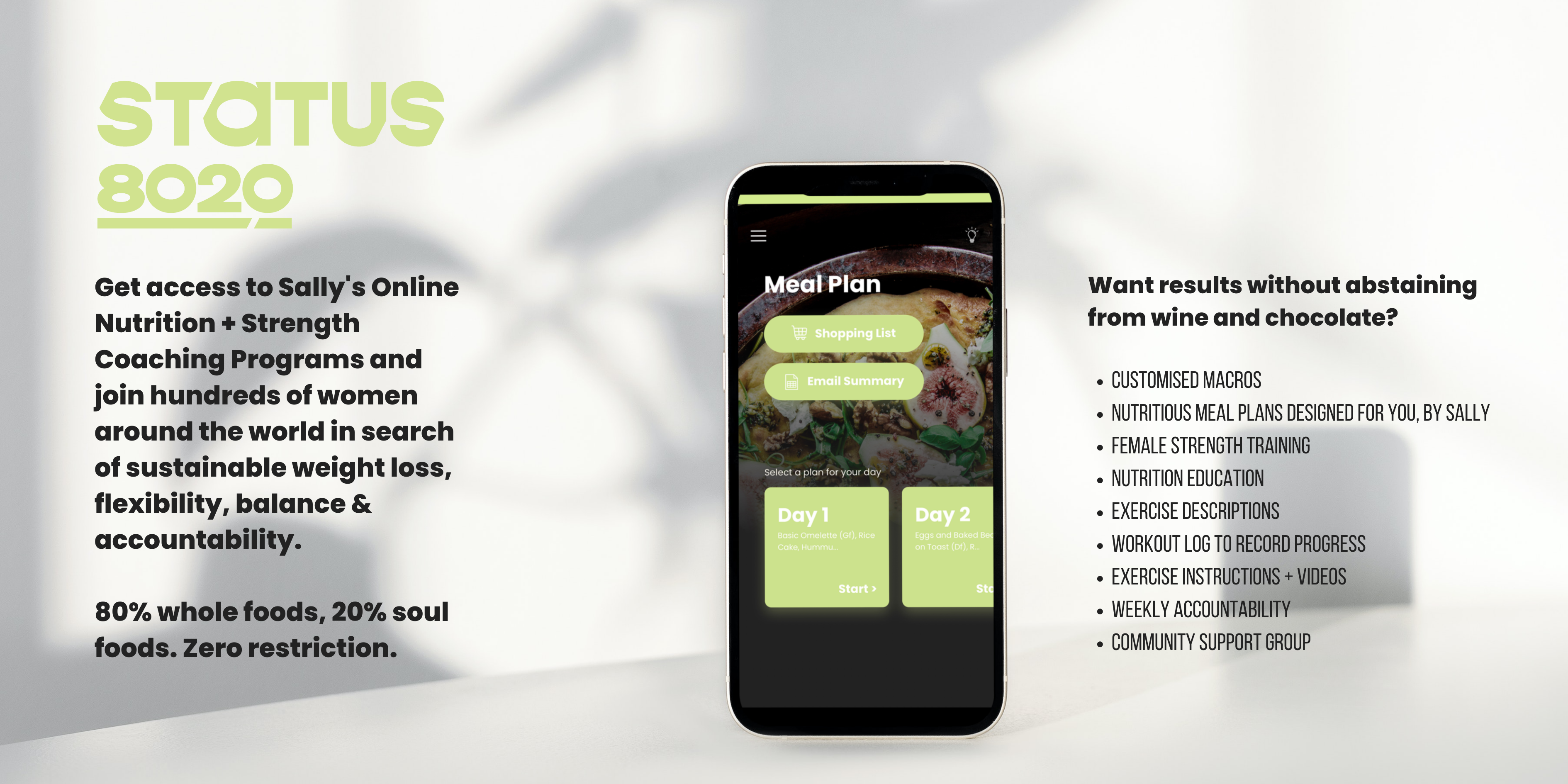Image Credit: Pinterest
Whether you’re training for fun-run season or are just a running enthusiast in general, one of the most common mistakes you can make to improve your running technique or time is to simply run increasing distances each day. If you’re looking for that extra push, or you’re finding yourself prone to injury, what could be missing from your training is a structured strength regimen. Long distance runner and operator of Battle Fit Australia Andrew Pap believes that strength training is a strongest tool in any runner’s arsenal. He’s outlined the main reasons you need to start visiting the weights room below:
Improve posture and breathing
If you spend most of your day working at a desk- and chances are you do- your posture probably isn’t in the best form it could be. Strengthening your upper body is essential for maintaining good posture, which in turn is going to ensure proper body alignment to prevent injury.
Good posture also prevents you from rounding your shoulders and essentially compressing your diaphragm, which is exactly where you want to breathing from when you run, to prevent you tiring more quickly. Try incorporating exercises with small weights to begin with, that target your upper back, shoulders, chest and your core.
Prevent the following three common injuries
Many experienced runners can chew your ear off about injuries they’ve experienced in the past, from runner’s knee to shin splints. Incorporating regular strength training into your fitness routine can help prevent the following common imbalances when it comes to running form:
1. Anterior versus Posterior Chain
Because most of us spend the majority of our day sitting down, our hip flexors become tight and our hamstrings become long and weak. This has a chain reaction: if our hip flexors are too tight, we inhibit our glutes. If we inhibit our glutes, we have to use our quads for everything. Our glutes and hamstrings are our primary drivers- they’re what launches us forward, so building your glute and hamstring strength could be a game changer for you.
2. Single Leg imbalances
If you have an imbalance on one side of your body, you’ll usually overcompensate on the other side and potentially set yourself up for injury. . Single leg movements such as lunges, single leg off-box squats, step-ups, single leg deadlifts and split jumps are all advantageous when correcting side to side imbalances.
3. Lateral versus medial imbalance
Most knee injuries are caused by an imbalance between the outside of the leg (the IT band and the TFL) being too tight, and the inside of the leg (the VMO or Vastus Medialis) being too weak. This causes incorrect tracking of the knee, leading to friction, inflammation and pain. Exercises like step ups and wall squats can help strengthen your VMO, and allowing time for foam rolling, an amazing recovery technique, can help ease tightness.
You’ll run more efficiently
If you’re aiming to run longer distances or want to improve your running time, strength training could be the missing link. The stronger you are, the more power you will be able to produce with each stride. This means you’ll put less effort into each stride- you’ll be running more efficiently with less effort. You’ll also stop using your ankles and knees for power, and be using your glutes and hamstrings, further preventing your risk of injury.
For more information on how to prepare for running season, download that FREE Running E -book from IsoWhey® Sports which features articles from top trainers, Strength and Conditioning Coaches and athletes. www.isowheysports.com.au

 ABOUT ANDREW ‘PAP’ PAPADOPOULOS
ABOUT ANDREW ‘PAP’ PAPADOPOULOS
Andrew is an elite endurance athlete, the owner/ operator of Battle Fit Australia, the IsoWhey® Sports Ambassador and he was the star of search4hurt Season 2. His passion to ‘fight his limits’ has led him to compete in physically grueling challenges including; Big Red Run, The North Face 100km Run, GEO Quest 48hr Adventure Race and 24hr True Grit Obstacle Race etc.



Aside from strength training, it may help if athletes go for a sports massage. Sports massage plays a crucial role in an athlete’s preparation. Massage comes with several benefits, including preventing loss of mobility and injuries, maintaining your body in better condition, and most importantly restoring mobility to all injured muscles or soft tissues. It works through physiological, psychological, and physical processes.
Aside from strength training, it may help if athletes go for a sports massage. Sports massage plays a crucial role in an athlete’s preparation. Massage comes with several benefits, including preventing loss of mobility and injuries, maintaining your body in better condition, and most importantly restoring mobility to all injured muscles or soft tissues. It works through physiological, psychological, and physical processes.